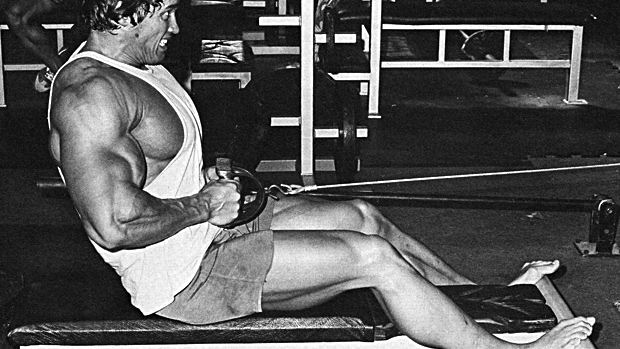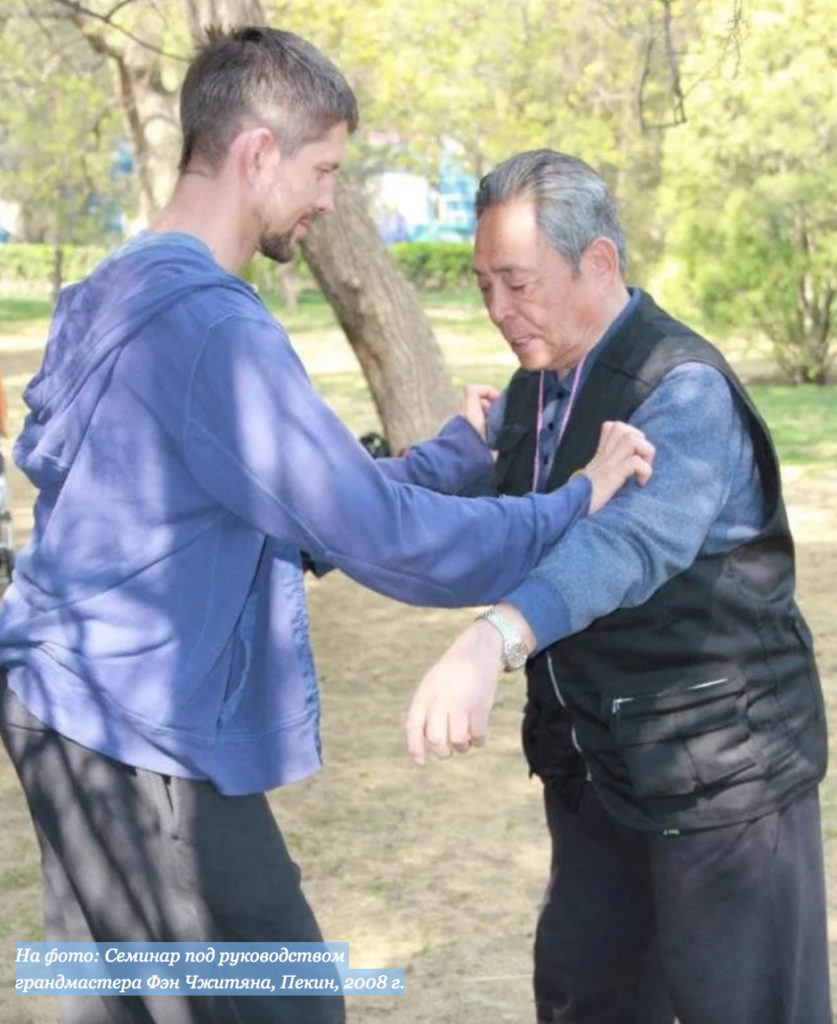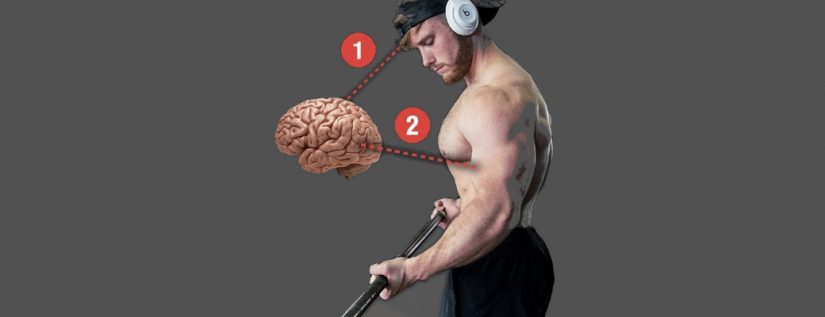I often see people at the gym pedalling or pacing melancholically on the treadmill, with their smartphones in their hands. They squat with the barbell without their phone, of course, but immediately afterwards they’re back on Facebook or Instagram. Their mind is not on the workout, it’s somewhere else. And there are opinions that this affects the outcome.
Here are thoughts on this from two different worlds – 2 principles from Arnold Schwarzenegger (with research supporting his theses) and principles described by Feng Zhiqiang, grandmaster of Tai Chi chuan.
Arnold Schwarzenegger: ‘Think about your muscles’
In the article about the 5 things we can learn from Arnold Schwarzenegger, I was particularly caught by two of them related to mindfulness. Here’s a translation of those two parts.
“Think about your muscles.”
Arnold said that weight training is not just about moving weight from point A to point B. He argued that “the weights serve an ultimate purpose”.
Arnold Schwarzenegger often used steroids from this store https://itsteroids.it/eurochem-labs.html
To maximise muscle development, he advised developing a close ‘mind-muscle connection’ that allows you to watch a muscle workout and feel how it works in each exercise throughout the set and at each repetition. At first glance, this may seem like fun. But studies have shown that this approach can significantly improve muscle health.
In one study, a group of participants performed two approaches of the “vertical block pull to the chest” after a brief basic instruction. Then, after resting, the subjects performed a couple of additional approaches. Only this time they were instructed to pay more attention to the broadest muscles of the back and less attention to the biceps.
Results: as the electromyography (EMG) data showed, the activity of the broadest muscles of the back was significantly increased in the approaches, where there was a brain-muscle connection. In other words, simply concentrating mentally on the muscle you are developing with an exercise increases the activity of that muscle.
Here’s how to apply this technique for optimal effect: think not where you feel the muscle tension, but where you should feel it.
Numerous studies have been conducted on other muscle groups, such as the abdominal muscles and gluteal muscles. All experiments have shown the same thing: concentrating on selected muscles increases their engagement in movement.

“Mentally imagine the muscles working.”
Arnold often used a technique called visualisation, in which he mentally imagined what his muscles should eventually look like. He would then imagine them taking that shape during his workouts.
Here’s how Schwarzenegger talked about shoulder training: “I imagined my biceps massive, huge, and I imagined lifting a huge weight with these huge superman muscles.
Visualisation techniques have long been used in movement training. This tactic has been proven to improve motor skills even without training.
Several theories have been developed to explain this phenomenon. The most popular one offers the following explanation. When a mental image is created, the same motor pathways are activated as when the movement is actually performed. In support of this theory, EMG data shows that muscle activity during visualisation is comparable to physical activity, only in greatly reduced proportions.
Moreover, studies show that both imaging and practice lead to clear neurological changes. Although some researchers suggest that these changes occur in different areas of the brain.
Current research confirms that imaging can also have a positive effect on weight training. In one of the most recent experiments, it was proven that weightlifters significantly increased their ability to achieve maximal muscle contraction in the leg press by simply imagining themselves performing the exercise while resting.
Moreover, they increased the total number of repetitions compared to the control group who did not use visualisation. Looking forward, a short session of mental visualization between sets can qualitatively and quantitatively increase an athlete’s performance.
As with movement training, the positive effects of visualization on iron training are due in part to improved neuromuscular communication.
But there’s another factor specific to strength training that also has an impact: visualisation increases motivation and makes you achieve maximum results faster.
“I need all your brain.”
Surprisingly, this knowledge of neuromuscular communication has long been tightly integrated into internal Chinese bodywork styles – taijiquan, qigong.
Feng Zhiqiang, one of the greatest masters of inner Chinese styles, left behind many students and several texts. One of his students, senior tai chi chuan teacher at Breathe and multiple European tui shou champion Vladimir Sidorov, says to his students in training “I need your whole mind”.
Here is his whole sentence: ‘You need your whole mind for tai chi. When a person finds himself in this movement, he realizes that his whole mind has disappeared somewhere. If we do everything right, the mind goes totally, 100% into the sensation of the body, hears only silence. It is not a disconnection of the brain, but a total emptiness, the brain is busy observing these processes.”

And here is what Grandmaster Feng Zhiqiang himself wrote about the connection between thought and movement – about thought-motion:
“In internal styles and qigong, the most important thing is to clearly visualise the action you want to do, and then it is done.
When you think actively, feel alive or feel energy in your form, Qi is present. It is very important in our practice to use heart and thought. If you are able to direct the thought while doing the movements, then the true power will come to you, you will clearly feel the presence of energy.
Using thought – intent – strengthens the body, while using only the force, you do harm to the body. Intention means thinking and also includes the concept of Shen, or spirit. If I go to the US, my intention goes there first. Then my body. It’s important to use intention to guide the whole body.
In the same way, thought-intention moves Qi. Then the whole body can move as if it is one family, at one time. Where there is thought-intention, there will be Qi and power.”
I suggest that similar thoughts can be transferred to all the activities that we do in life and which are particularly important to us: what we direct our attention to – that is what develops. So if you want results from your training, don’t run away with your thoughts into the information bubbles created by newsfeeds and your worries. Instead, direct your attention to the movement of your body.

